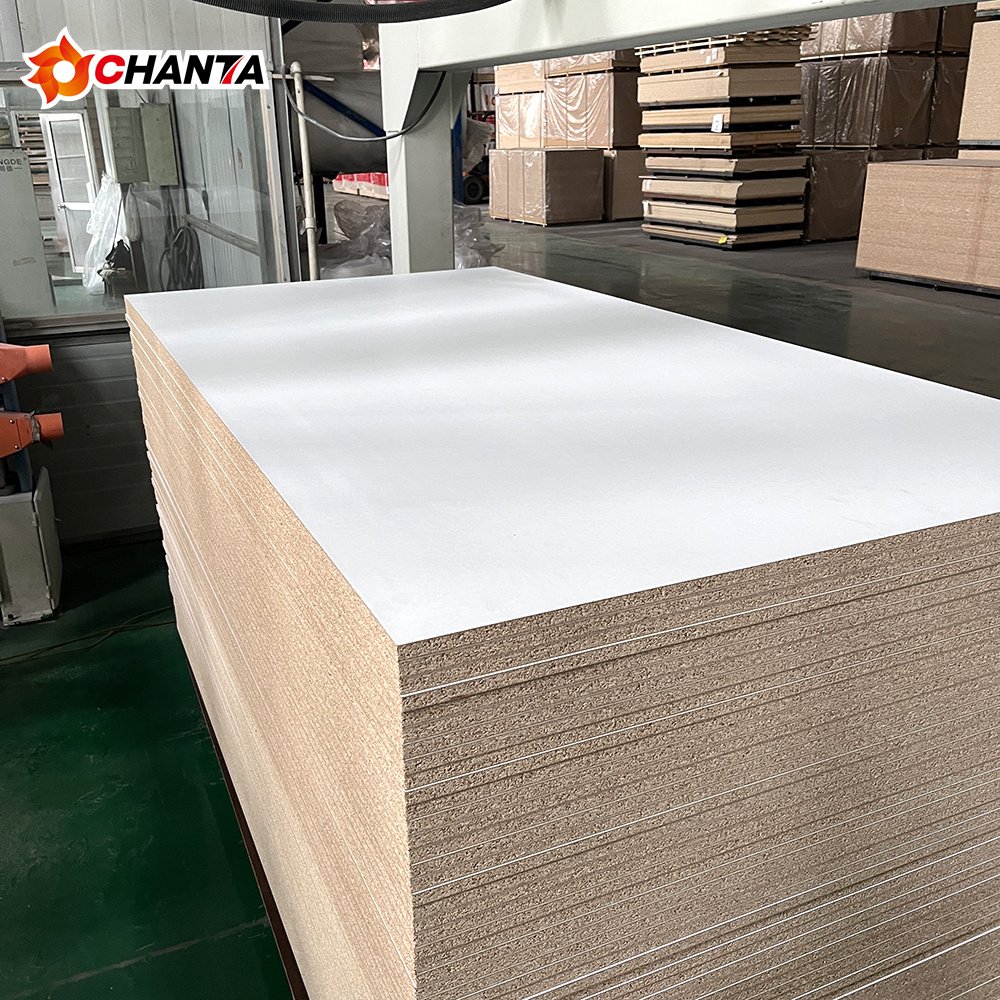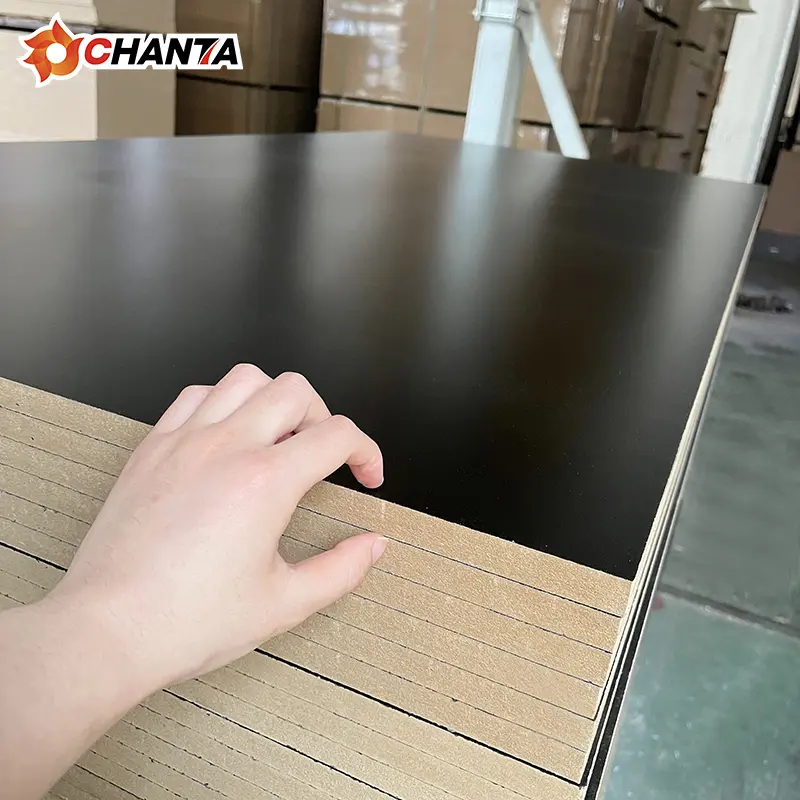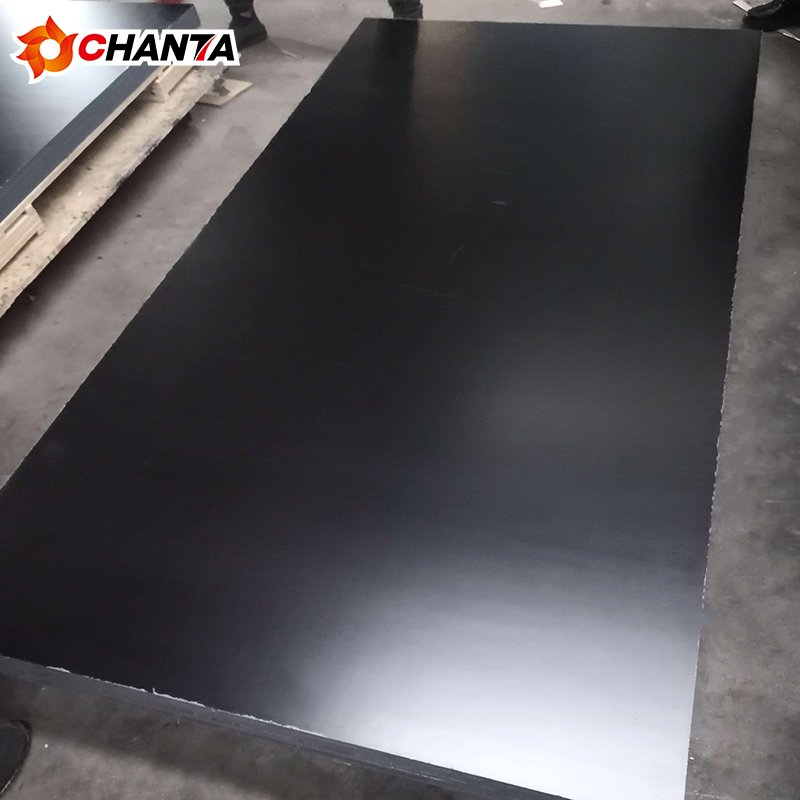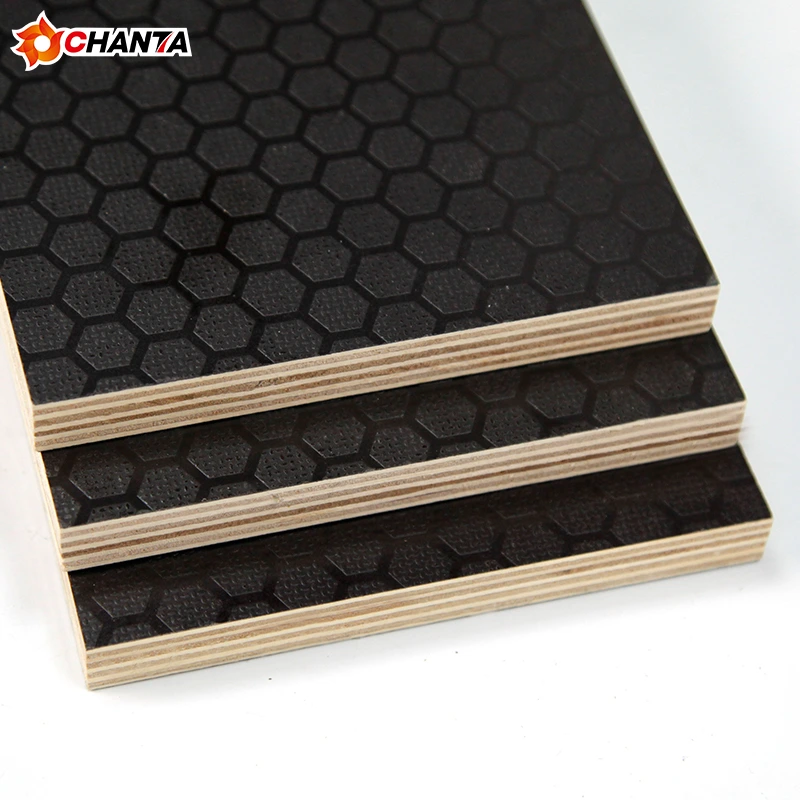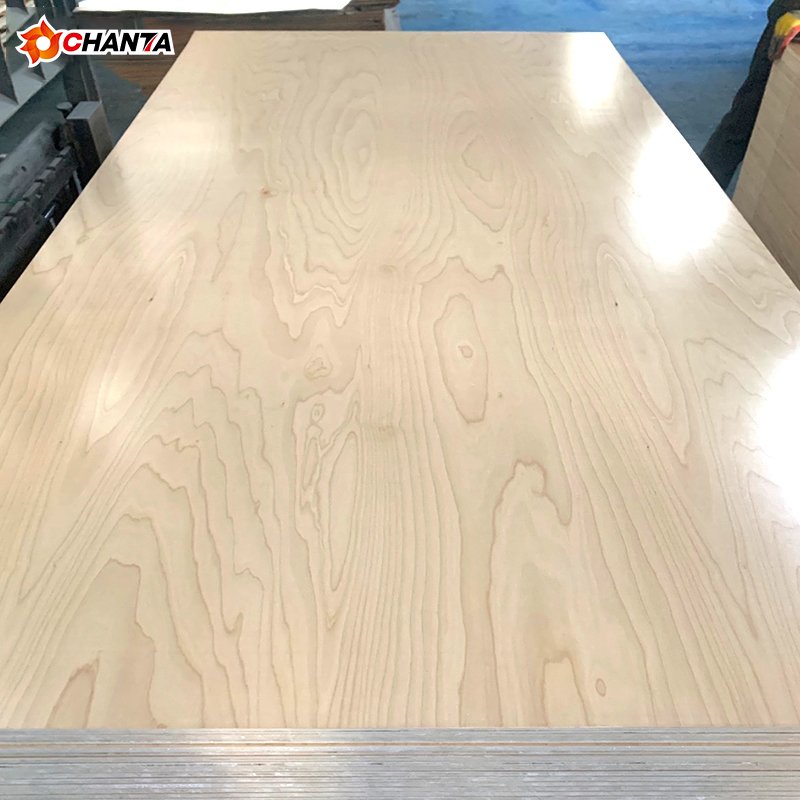Table of contents
When working on woodworking projects or shopping for construction materials, you might come across both 18mm plywood and 3/4 inch plywood. At first glance, they seem interchangeable—but are they really the same? Understanding the difference between metric and imperial plywood sizing is important for precise design, stability, and compatibility.
In this article, we’ll clarify whether 18mm plywood is the same as 3/4 inch, explore the practical implications, and help you decide which one to use based on your needs.
1. Understanding Plywood Thickness Standards
Plywood is manufactured and sold globally in two primary measurement systems:
- Metric (millimeters) — commonly used in Europe, Asia, and most of the world
- Imperial (inches) — standard in the United States and a few other countries
Here’s the basic comparison:
- 3/4 inch = 19.05mm
- 18mm = approximately 0.71 inches
So, 18mm plywood is slightly thinner than 3/4 inch plywood—by about 1.05mm, or 0.04 inches.
This may not seem like a big difference, but in precision carpentry or cabinetry, it can matter more than you think.
2. Can 18mm Replace 3/4 Inch?
In most cases, yes—18mm plywood can be used as a substitute for 3/4 inch plywood, especially in non-structural applications. Many woodworkers and contractors treat the two as equivalent, because the small difference is rarely noticeable in most furniture or interior projects.
However, there are some exceptions where this slight variation may cause issues:
- Joinery Fit: Pocket holes, dado joints, or grooves pre-cut for 3/4″ thickness may need minor adjustment to fit 18mm stock snugly.
- Pre-cut Plans: If you’re following a U.S.-based plan or kit designed strictly for 3/4″, expect to sand, shim, or tweak slightly.
- Load-Bearing Uses: In structural flooring or shelving, that extra millimeter of thickness can affect strength marginally. If building to code, always check tolerance requirements.
3. What Do Manufacturers Really Supply?
Interestingly, most plywood—regardless of whether it is labeled “3/4 inch” or “18mm”—is rarely exactly that thickness. Due to sanding and finishing during production, the actual thickness is often:
- 18mm plywood → 17.5 to 17.8mm
- 3/4 inch plywood → 18.2 to 19mm
This means that actual vs. nominal thickness matters more than the name itself. Always measure with a caliper before cutting or assembling.
4. Choosing the Right Plywood for Your Project
When choosing between 18mm and 3/4 inch plywood, ask yourself the following:
- Where is the plywood made or sourced?
- If it’s from Europe or Asia, it’s likely 18mm nominal.
- If it’s from North America, it’s more likely 3/4″.
- What tools or plans are you using?
- If you’re using CNC, precision tools, or factory-cut joinery, match thickness carefully.
- Is structural strength important?
- Always verify the grade (OSB3, birch ply, etc.) and core material.
- Will the plywood be edge-joined, glued, or nailed?
- Consider how the thickness affects fastener depth and adhesive contact.
Conclusion: Is 18mm Plywood the Same as 3/4″?
Not exactly—but close enough for most purposes.
The difference between 18mm and 3/4 inch plywood is minimal and often negligible in many DIY and professional applications. However, for high-precision or structural work, it’s smart to measure and adjust accordingly. Understanding this small but important distinction helps avoid gaps, weak joints, or fitment problems down the line.
Whether you’re building cabinets, shelving, or subfloors, choose the thickness that best matches your tools, plans, and performance requirements.

